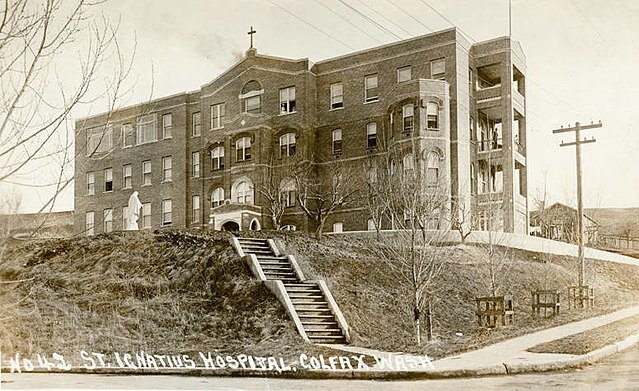Date of Discovery
The Snedeker family moved into the duplex rental in 1986, but the home itself was believed to be built earlier than that.
Name
Snedeker House, Snedeker Family (Allen, Carmen, and their 3 sons, daughter, and 2 nieces), Hallahan Funeral Home
Physical Description
The home itself was a simple white duplex rental with a basement.
Origin
Southington, Connecticut
Mythology & Lore
The Snedeker family moved into their new Southington home unknowing of its dark past as a funeral home. The eldest son was undergoing Hodgkin’s treatments at local offices, he reported chose the basement as his room in the house. Soon after moving in the Snedeker’s were reporting all kinds of paranormal experiences including sexual attacks, apparitions, abrupt, and violent personality changes in their son. Numerous types of happenings plagued the family in the time they stayed there. Becoming more worried daily the Snedeker’s began researching the home, finding it was Hallahan Funeral Home, Carmen found pictures of deceased as well as toe and head tags within the home. The family had an exorcism performed on September 6, 1988, which brought closure to the spirits.
This is one of the Warrens’ cases that has a major loop-hole within it causing many to question the testimony given by “witness”. Eventually, facts began emerging that showed people had good reason to question if the house was truly “possessed”. The eldest son had a troubled nature including a drug habit and schizophrenia, he even admitted to some of the vileness going on. Another odd factor is, during this entire pandemonium the upstairs neighbor report no incidents what so ever. The nail in the coffin was when the hired author, Ray Garton, went on record stating not only was he given conflicting stories from the Snedeker’s, he was given directions to ignore the conflicts and sensationalize the story. Even with this doubt and conflict surrounding this haunting, it didn’t stop the popularization of the case.
Hollywood soon took up the job of telling this case on the big screen, but when they did, they made some major flaws to upsell the story. In the movie, the character Jonah was found to be a fictional character added to explain the supernatural elements within the movie. Also, the filmmakers add flare to the son’s story, changing were people were met, also adding visions of dead people carved with writing. The movie also twists who events were said to happen to, like the shower curtain happening to the mother and not the cousin. The grand faunally of the movie is also an unsurprising faked “Hollywood” end as well. Though bodies crawling from the walls as the hero burns the evil house to the ground does create a fiery theatrical end. The Haunting in Connecticut may be an upsold version of events, but Hollywood did provide a great addition to the horror world with this case.
Modern Pop-Culture References
Books & Literature
Movies
- The Haunting in Connecticut (2009)
Television Series
- A Haunting (2002)
Is there anything we missed about The Snedeker House? Let us know in the comments section below!


